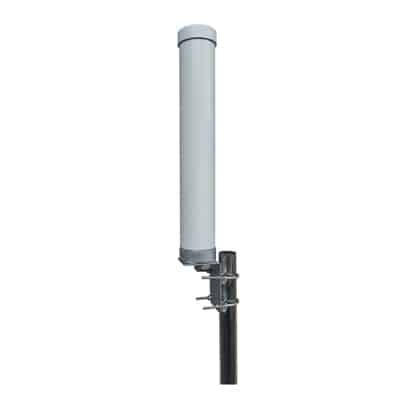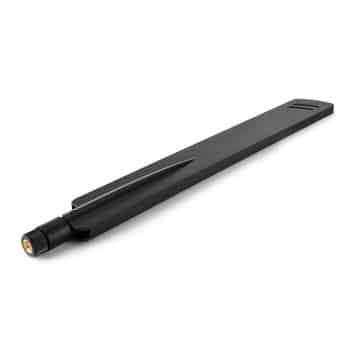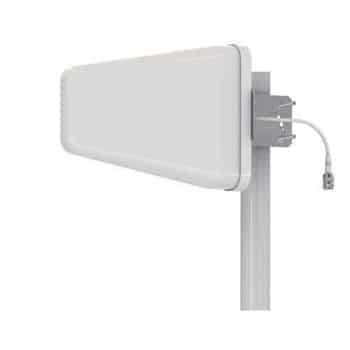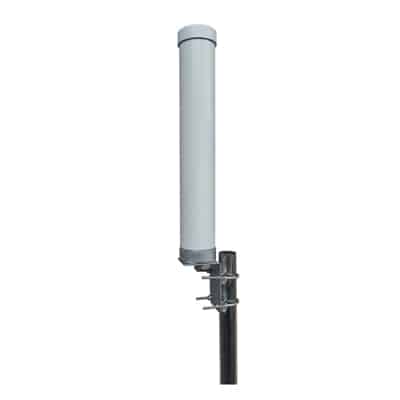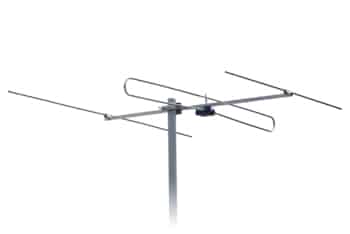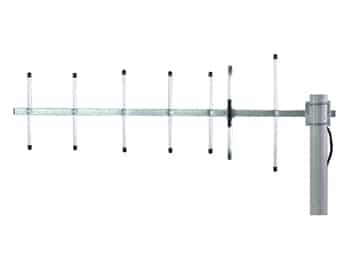Low Power Wide Area Networks (LPWANs) have become popular in the past few years due to their extended coverage and low power consumption. This led to the development of interesting applications such as smart cities, smart agriculture, and asset tracking and monitoring. Sigfox is a popular LPWAN technology widely deployed worldwide. In the Sigfox architecture, Sigfox gateways or base stations play a key role. These act as an intermediary in the network architecture, to forward any messages acquired from the end devices. In this article, an overview of Sigfox and an introduction to what a Sigfox gateway is will be provided. It will also discuss when to use a Sigfox gateway and provide guidance on how to choose a good Sigfox gateway for a certain design or application.
Table of Contents
ToggleWhat is Sigfox?
Sigfox is a popular LPWAN technology designed to address IoT and Machine to Machine (M2M) requirements. It inherits the key features of LPWAN technologies including low power consumption and long-range coverage. Sigfox was first introduced into the market in 2009, but it gained popularity recently due to many massive IoT applications in different industries. Moreover, some interesting features of Sigfox make it the ideal technology for applications such as smart meters, smart watches, etc. Let us investigate some of these features briefly.
The high network capacity of Sigfox has an advantage when compared to other LPWAN technologies. This feature is enabled due to the utilization of Ultra-Narrow band modulation. This modulation scheme also facilitates resistance toward interference. Due to this feature, Sigfox can sustain many devices at a time, with enabled frequency and time diversity. Another interesting feature of Sigfox is the use of low power consuming semiconductors allowing the current levels between 10 mA – 50 mA. Moreover, since the devices can be connected to the network without initial pairing, it further improves the battery life of the devices.
Sigfox aims to cover a long range with a minimal number of base stations. However, when achieving long-range operation, the data rate is compromised. Another factor that contributes to long-range operation is the less sensitivity of the Sigfox base stations to low-output devices. Sigfox can cover distances of an average range of 30 km – 50 km. One of the most interesting features of Sigfox is its anti-jamming capabilities.
Now we have a basic understanding about Sigfox and its features, we will now focus on Sigfox gateways or base stations, which play a critical role in Sigfox network architecture.
What is a Sigfox Gateway?
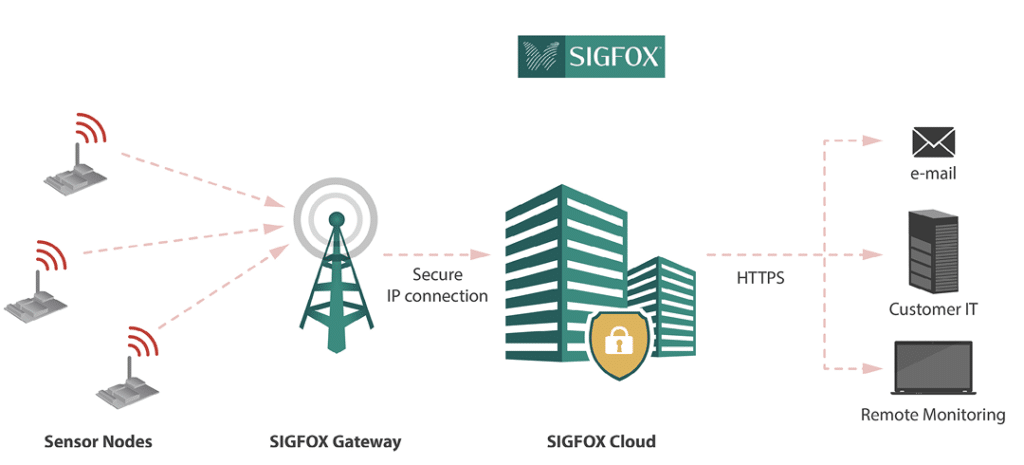
Sigfox Gateway or Sigfox Base Station is responsible for acquiring sensor and end device data and forwarding them into the application server. The Sigfox Gateways would have a Sigfox connection with the end devices and the sensors, while it would ideally maintain an IP link with the application server. Here the application server would ideally be a cloud, hence the IP link will be established by means of either cellular communication or through Wi-Fi. However, there can be an Ethernet connection, in the case where the application server is a physical server or a computer.
A Sigfox base station consists of three major elements.
- An antenna: This is responsible for receiving messages over the air from the end devices. These are usually planted at high points or on towers to increase the sensitivity.
- A Low Noise Amplifier (LNA): This is used to amplify the received signal. Amplification is necessary as there can be considerable noise in the received signal.
- An Access point: This is responsible for receiving Sigfox messages and sending them to the cloud server. This access point should be capable of understanding Sigfox messages.
Apart from this generic classification of Sigfox gateway components, Sigfox gateway consists of three main hardware components based on their function. These include a radio module, the main processor, and the connectivity module. The radio module is the Sigfox module which can understand Sigfox messages in the physical layer. The processor on the other hand is responsible for handling all the processing and up running the operating system and relevant firmware needed for message routing. Finally, the connectivity module is responsible for connecting the gateway with the network through an IP link. This is the hardware inference of the access point.
Sigfox Gateways are broadly divided into two groups depending on their place of deployment. There are as indoor and outdoor Gateways. Usually, outdoor gateways tend to use more power when compared to indoor gateways. However, both types can handle many devices at a time.
Sigfox Gateways are designed to realize long-range coverage with the minimum number of gateways deployed in a system. One of the main principles behind this is spatial diversity. Spatial diversity is achieved by cooperative reception, where an end device is not attached to a single gateway. On average a device can be connected to 3 gateways at a given time.
Security is a critical factor in modern IoT applications. Sigfox is considered one of the most secure LPWAN technologies. Sigfox Gateways play a key role in ensuring the security of the system apart from forwarding device messages to the application server. Sigfox gateways are also responsible for carrying out CRC validation of the messages before forwarding them to validate their integrity. Moreover, Sigfox has integrated Trusted Platform Module (TPM) in gateways to secure all the keys alongside a VPN connection between the gateway and the application server.
What can Tesswave do for you?
Tesswave provide 100+ antenna products and you can contact us for antenna customized solutions, get in touch with us today to get a Free quote.
Get an Instant Quote
Get a FREE quote and we will contact you within an hour
When to use a Sigfox Gateway?
Now we have seen some key features of Sigfox Gateways, let us now see when we will need a Sigfox Gateway. We might need a Sigfox gateway in our design when:
- Extended Coverage: This is one of the main reasons to use a Sigfox Gateway. By having more than Sigfox Gateway in your network you can increase the range of operations easily.
- Network reliability and Integrity: In the previous section we saw how a Sigfox Gateway is equipped with a TPM. This improves the integrity of the messages passed through the gateway. Also, due to the spatial diversity achieved through cooperation reception, if one gateway fails, the network would have no connection issues. Thus, increasing the network reliability.
- Security: Sigfox Gateways can act as an extra security layer in the network architecture. The VPN connection established between the gateway and the application server can minimize eavesdropping attacks on the network.
- Device Management: A gateway can help the users with device management by configuring the gateway firmware accordingly. This can include the equal provision of resources, added security features, and monitoring of end devices. The device management features would depend on the gateway manufacturer.
How to choose a good gateway for your design?
Choosing the correct Sigfox Gateway depends on the IoT and M2M solution requirements. However, we can always follow a general set of rules and features to look for. Here are some for your reference,
- Network Coverage: This is a crucial factor if your design is spread over a vast area. Usually, gateways with high power ratings can achieve good network coverage.
- Device Capacity: Though this is not a major limitation in many of cases, some indoor gateways can have a device limitation. Also, you must decide whether to utilize both the downlink and uplink for the application.
- Security: Different vendors can provide additional security features other than inherited features from Sigfox. It is advisable to look for gateways that have encryption, and secure boot security features.
- Connectivity to the application server: Depending on the location of the deployment and nature of application, we must determine what type of connectivity should be there with the application server. Cellular communication and Wi-Fi are preferred when the connection is to be established wirelessly.
- Cost: This is an important metric when choosing a gateway. Choosing the correct gateway that suits your budget would be a challenging situation.
Conclusion
In this article, we discussed what Sigfox gateway is. Then we briefly discussed some of Sigfox gateway features and its basic components. Finally, we went through some of the factors that we need to consider when choosing a Sigfox Gateway for your design. Though these factors are some general tips for choosing they are worthwhile considering.

